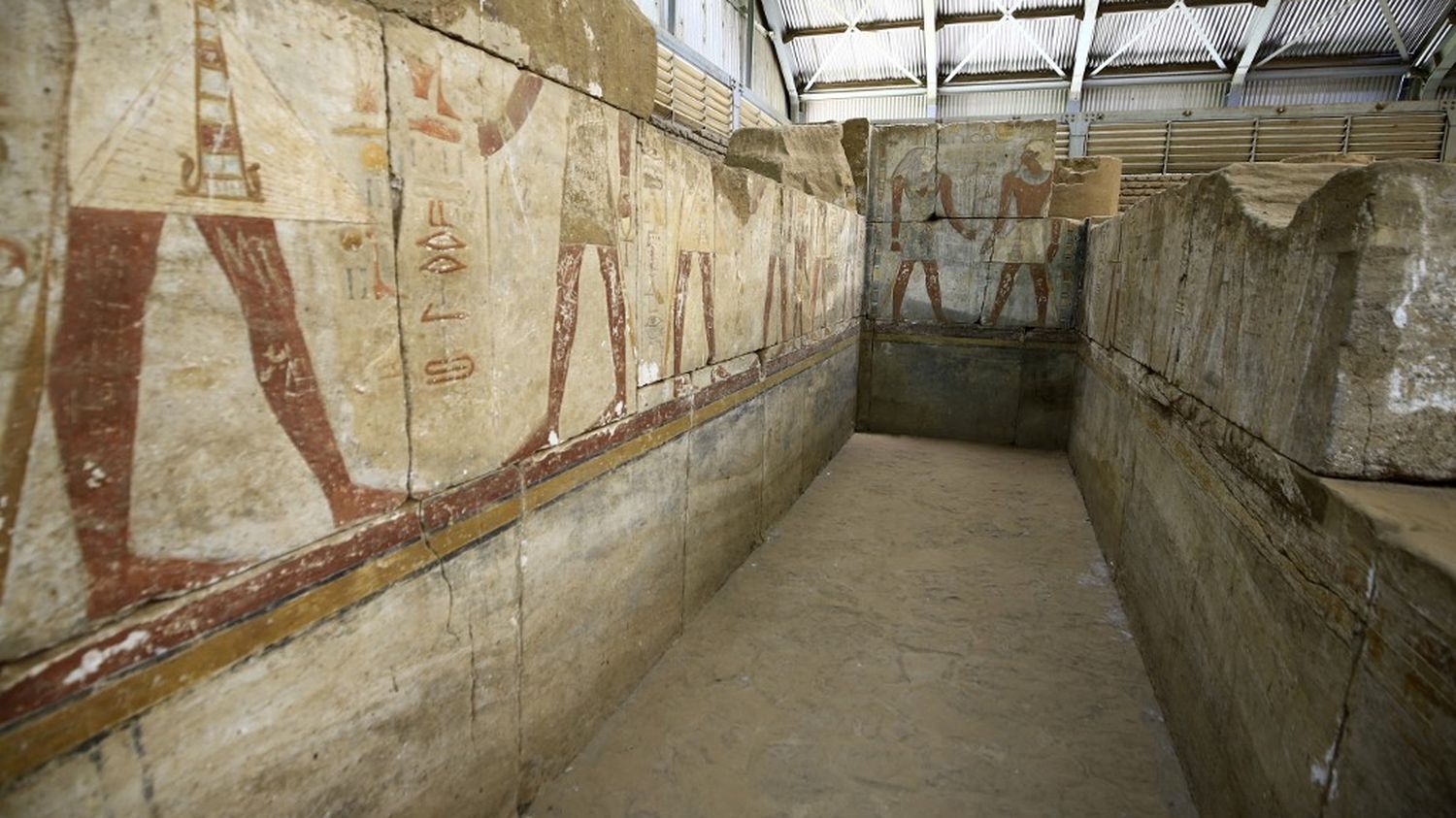The National Museum in Khartoum, the largest in Sudan, houses a collection of 100,000 objects spanning prehistory to the Islamic period, and from all the civilizations of the Nile Valley.

Published
Reading time: 3 min

In war-torn Sudan, statuettes and pieces of ancient palaces previously kept in museums are ending up looted, transported on trucks or even sold online, raising concerns among specialists. UNESCO expressed alarm on Thursday about a “unprecedented level” of the “threats to culture” in Sudan, relying on “reports of looting of museums, heritage and archaeological sites and private collections.”
According to Ikhlas Abdel Latif, director of museums at the National Antiquities Authority of Sudan, the national museum in Khartoum has been the subject of a “significant looting”. Recently refurbished, it housed collections from the Paleolithic period, with unique pieces from Kerma, ancient Egyptian dynasties, Napata, Meroe, Christian antiquities and Islamic art objects. Opened in 1971, it was intended to serve as a shelter for antiquities that were located in a dam construction area.
Today, the threat comes from elsewhere, as war has been raging since April 2023 between the army and the paramilitary Rapid Support Forces (RSF), plunging Sudan into one of the worst humanitarian disasters in recent history, according to the UN. Archaeological objects that were stored at the national museum have been “loaded into large trucks”which according to satellite images have headed west and border areas, particularly near South Sudan, Ikhlas Abdel Latif said.
It is difficult to determine the exact extent of the thefts at the national museum because of restricted access to the site, which is located in an area of the capital controlled by FSR paramilitaries, who have been singled out by officials and archaeology specialists.
Asked by AFP, the FSR spokesperson did not comment. In May, they had assured their “vigilance” as for the “protection and preservation of the antiquities of the Sudanese people”.
The national museum is considered the main sanctuary of Sudanese antiquities, notes Ms. Abdel Latif.“But because of the war, the museum and the antiquities are not guarded”deplores Hassan Hussein, researcher and former director of the Antiquities Authority, to AFP. Other establishments suffer the same fate.
The Nyala Museum in South Darfur has suffered major thefts, not only of antiquities but also sometimes of tools used to display the collections, says Abdel Latif. She says this has also happened in the Khalifa Museum in Omdurman, a city adjacent to Khartoum, where part of the building, which dates from the Mahdist era (late 19th century), was also destroyed.
In June, UNESCO estimated that more than ten museums, cultural centres and other institutions had been looted or vandalised in Sudan. The UN organisation called on Thursday “the public and members of the art market (…) to refrain from acquiring or participating in the import, export or transfer of cultural property from Sudan”which could lead to “the disappearance of a part of Sudanese cultural identity and would compromise the recovery of the country.”
Researchers are also concerned about the fate of stolen antiquities, after finding some for sale on the Internet. On the Ebay site, an Internet user offers objects presented as Egyptian antiquities that were in reality, according to Sudanese media, looted in Sudan.
They are sold there for a few hundred dollars, AFP found. At least one statuette, according to a Sudanese archaeologist speaking on condition of anonymity, is an imitation, but some pottery, gold objects and paintings appear to come from the national museum, he told AFP.
He is concerned about the fate of the most massive statues, which “must be handled by specialists and in a precise manner” but which could break if looters got their hands on them. The topic is to be discussed at a conference on Meroitic studies – the language of the ancient Sudanese kings of Meroe who ruled from 592 B.C. to 350 A.D. – this week in Münster, Germany, which will be attended by Hassan Hussein, among others. “The current state of the collections is of concern to all those who have an interest in human heritage”he believes.
